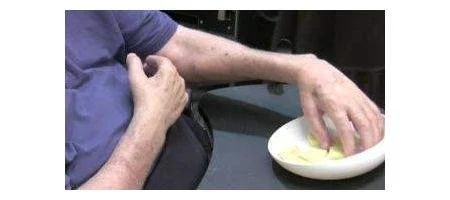Surgeons at Washington University School of Medicine in St. Louis have re-routed nerves in the upper arm to restore some hand function in a quadriplegic patient.

The patient has a spinal cord injury at the C7 vertebra, the lowest bone in the neck. But his nerves are now able to communicate with the brain, as they attach to the spine above the injury.
After the surgery, and a year of intensive physical therapy, the patient can now bend his thumb and index finger. He can now feed himself bite-size pieces of food and write with assistance.
“This procedure is unusual for treating quadriplegia because we do not attempt to go back into the spinal cord where the injury is,” says surgeon Ida K Fox.
“Instead, we go out to where we know things work — in this case the elbow — so that we can borrow nerves there and reroute them to give hand function.”
Surprisingly, perhaps, the team says the surgery doesn’t have to be performed soon after the injury – indeed, there was a two-year gap in this case. As long as the nerve remains connected to the support and nourishment of the spinal cord, the nerve and its associated muscle remain healthy.
To detour around the block, surgeon Susan Mackinnon operated in the upper arms. There, the working nerves that connect above the injury and the non-working nerves that connect below run parallel to each other, making it possible to tap into a functional nerve and direct those signals to a non-functional neighbor.
Mackinnon took a non-working nerve that controls the ability to pinch and plugged it into a working nerve that drives one of two muscles that flex the elbow. After the surgery, the bicep still flexes the elbow. But a second muscle, the brachialis, that used to also provide elbow flexion, now bends the thumb and index finger.
“This is not a particularly expensive or overly complex surgery,” Mackinnon says. “It’s not a hand or a face transplant, for example. It’s something we would like other surgeons around the country to do.”
However, she warns, because the surgeon must tap into working nerves, the technique won’t benefit patients who have lost all arm function due to injuries in vertebrae C1 through C5.






